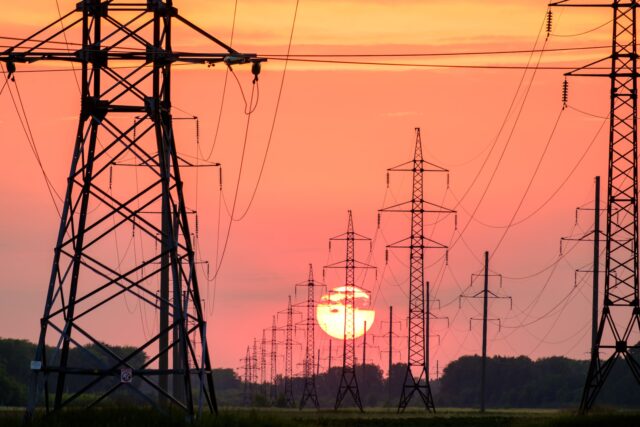The Dance of Demand and Supply: Understanding Load Shedding
Load shedding is a deliberate and planned interruption of electricity supply to parts of a distribution network. This does not translate into a sudden or random outage, but is a measure deliberately taken by electric utilities to balance the demand and supply of electricity within a network. Though it may sound inconvenient, it is often necessary to prevent total blackouts or further damage to the grid infrastructure.
Put simply, an electricity network has its limitations and any stress due to increased demand can create significant problems. As a society, we’re asking more and more from our power grids, and excessive demand can cause grids to buckle under the pressure.
Tracing the Current: When Load Shedding is Imposed
The decision to impose load shedding is not taken lightly. It typically occurs when the demand for electricity exceeds the available supply, where vital weather conditions have caused significant damage to the power lines, or during maintenance or repair on the main power stations.
How does it work? The utility company will purposely shut off the electricity to certain areas as per a set schedule. This helps reduce the load on the power grid to maintain a balance of supply and manage electricity distribution efficiently.
Lighting up the Dark: Value of Load Shedding Schedule
But why would homeowners need to know about a load shedding schedule? After all, isn’t it just about turning off the lights? Not quite. Here’s why:
- Preparation: Having a schedule lets you know when your home will be without power. This allows you to prepare in advance – whether that means getting home by a certain time, ensuring your phones and laptops are fully charged, or making sure your home’s security system is ready for the outage.
- Conserving Power: Knowing when and how long the power will be off actually helps you use electricity more wisely. You might think twice about opening the fridge frequently or leaving electronic devices on standby, thereby conserving power.
- Comfort and Safety: In hospitals, schools, offices and public spaces, a load shedding schedule helps balance comfort with safety, enabling essential systems to continue running on backup power while non-essential elements are shut down.
Embracing the Schedule: What You Can Do
Having a load shedding schedule empowers you to adapt your activities around it. You could use this time as an opportunity to unplug, connect with your loved ones, read a book or, even better, connect with Mother Nature.
Remember, load shedding is not meant to make life difficult – it’s a way to ensure the uninterrupted availability of electricity to everyone. If we embrace these efforts and contribute by using power judiciously, we can make the system stronger for the future. Awareness and understanding are, after all, the first steps to being conscientious consumers of electricity. So turn off that switch when you don’t need it and make every Watt count!







